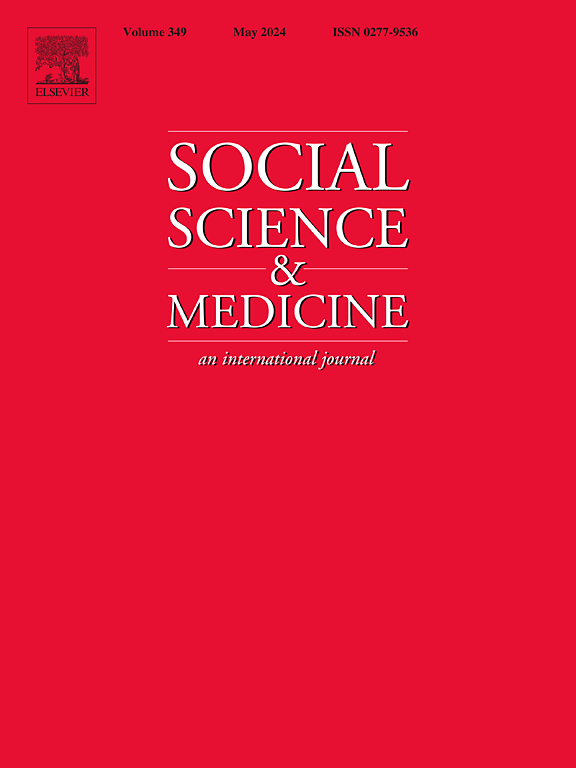Sources of well-being and cardiovascular health: A mixed methods investigation from the MIDUS study
IF 4.9
2区 医学
Q1 PUBLIC, ENVIRONMENTAL & OCCUPATIONAL HEALTH
引用次数: 0
Abstract
Objective
Using mixed methods, we investigated whether different sources of well-being were associated with better cardiovascular health.
Methods
Data came from adults (55% women; 19% Black, 75% White) with biomarker data from the Midlife in the United States (MIDUS) Study. At the second wave and in a refresher cohort, participants answered the question “What do you do to make your life go well?” Judges evaluated each response for the presence of 12 sources of well-being (e.g., positive relationships, faith, health maintenance). Participants were also assessed on 8 components of cardiovascular health at two waves, an average of 12 years apart. Concurrent (N = 2036) and longitudinal (N = 650) linear regressions examined the association between each well-being source in unadjusted models and models adjusted for sociodemographic factors and word count.
Results
Adults who wrote about positive relationships, positive attitudes, enjoyment, coping, health maintenance, and planning tended to have better cardiovascular health in unadjusted models concurrently and longitudinally. In fully adjusted models, health maintenance (p < .001) and planning and organization (p = .004) were associated with better cardiovascular health concurrently. Additionally, health maintenance (p = .03) and work (p = .04) were associated with better cardiovascular health longitudinally.
Conclusions
Individuals who endorsed maintaining their health as central to well-being showed healthier cardiovascular outcomes 12 years later. Combining qualitative assessments of sources of well-being with clinically assessed measures of cardiovascular health highlights unique contributors of well-being that are relevant for health and may not be evident with conventional self-report measures.
求助全文
约1分钟内获得全文
求助全文
来源期刊

Social Science & Medicine
PUBLIC, ENVIRONMENTAL & OCCUPATIONAL HEALTH-
CiteScore
9.10
自引率
5.60%
发文量
762
审稿时长
38 days
期刊介绍:
Social Science & Medicine provides an international and interdisciplinary forum for the dissemination of social science research on health. We publish original research articles (both empirical and theoretical), reviews, position papers and commentaries on health issues, to inform current research, policy and practice in all areas of common interest to social scientists, health practitioners, and policy makers. The journal publishes material relevant to any aspect of health from a wide range of social science disciplines (anthropology, economics, epidemiology, geography, policy, psychology, and sociology), and material relevant to the social sciences from any of the professions concerned with physical and mental health, health care, clinical practice, and health policy and organization. We encourage material which is of general interest to an international readership.
 求助内容:
求助内容: 应助结果提醒方式:
应助结果提醒方式:


